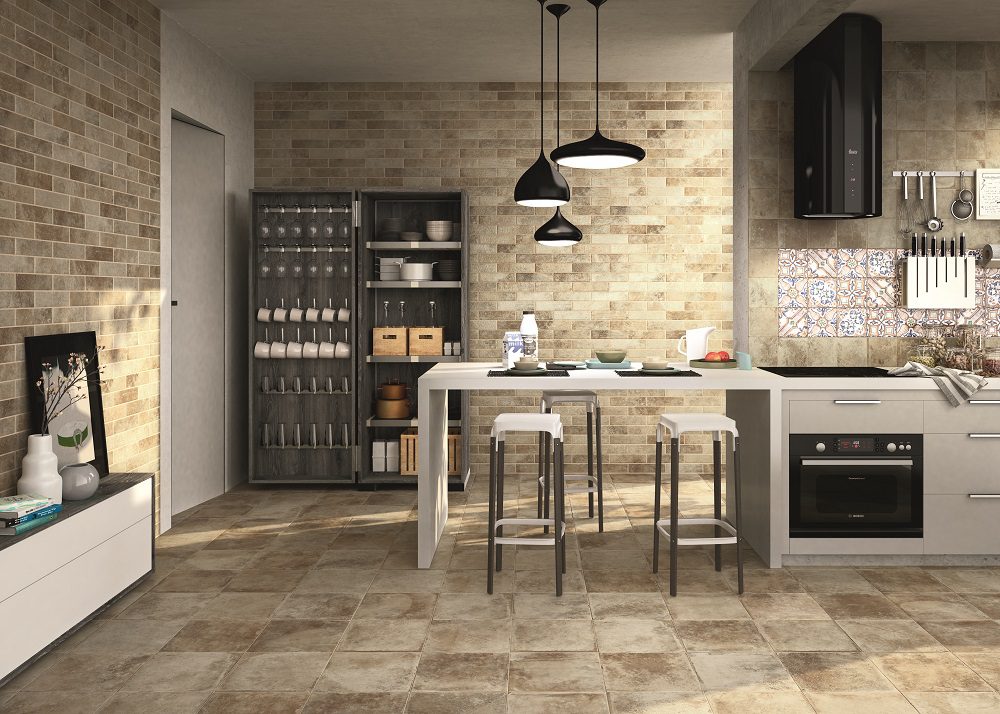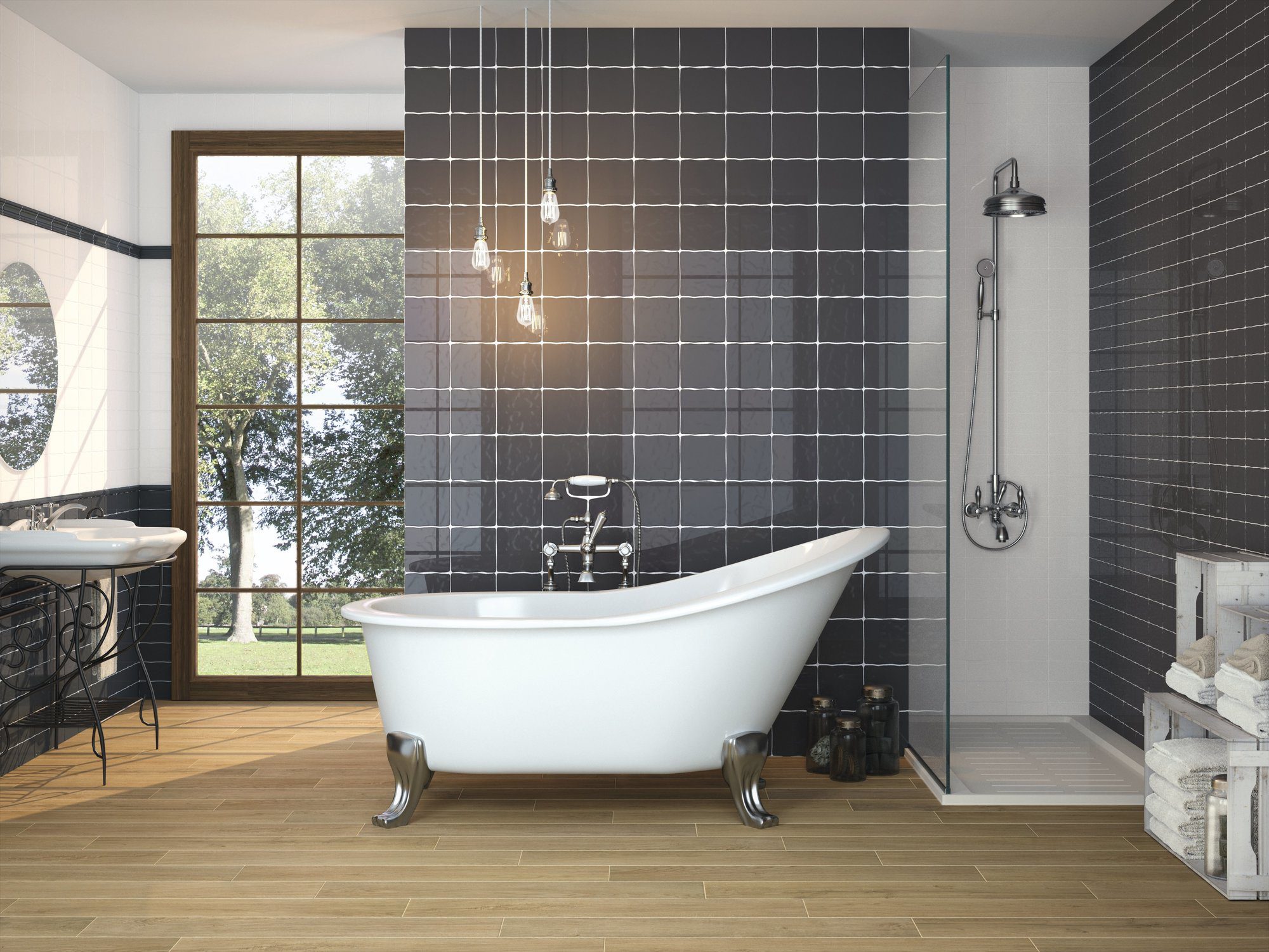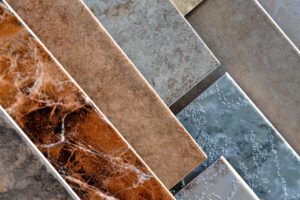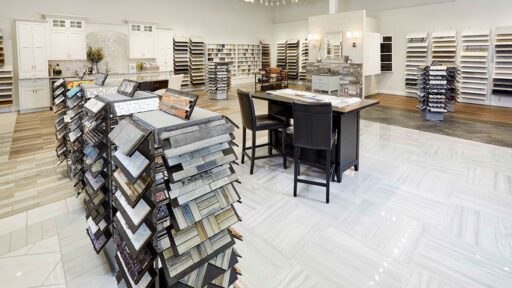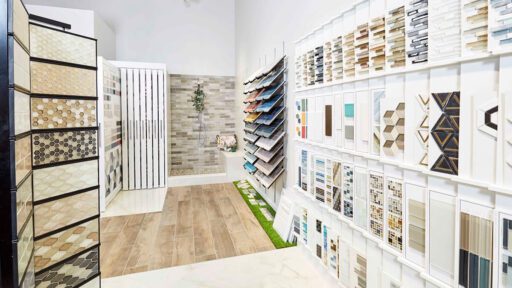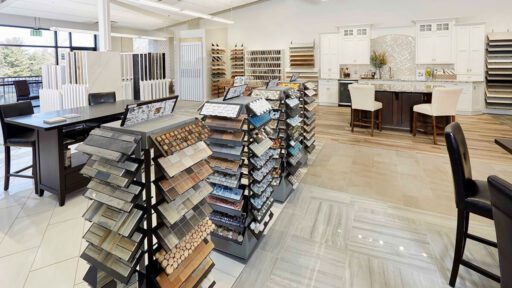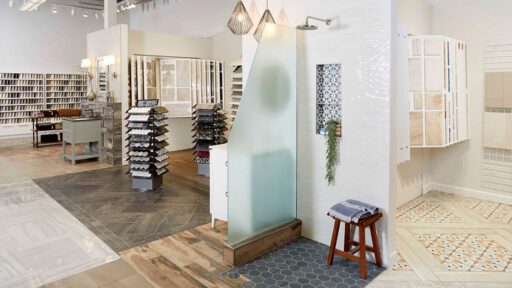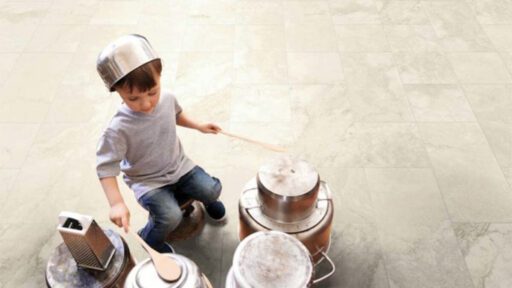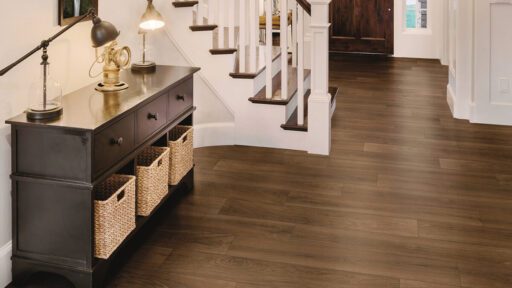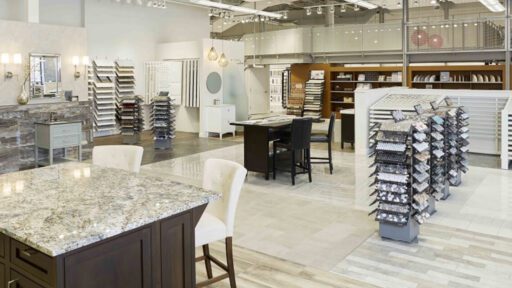Title
This is a one column layout feature.
PLACEHOLDER TEXT
Tile has been an integral part of human history for thousands of years. From the ancient Greeks to modern-day interior designers, people have used tile to create beautiful and functional spaces. Tile manufacturing has come a long way over the centuries, and today there are many different types of tile available on the market. From ceramic to porcelain, glass to stone, each type of tile has its unique properties and uses.
This is a one column centered layout feature.
PLACEHOLDER TEXT
Tile manufacturing involves several processes, including shaping, glazing, and firing. The raw materials are mixed together to form a clay-like substance, which is then shaped into tiles using a press or extrusion method. The tiles are then left to dry before they are glazed, which gives them their unique color and finish. After the glaze has been applied, the tiles are fired in a kiln to make them hard and durable. This process ensures that the tiles can withstand the wear and tear of daily use.
This is a two column layout feature (50/50). First Column.
PLACEHOLDER TEXT
Tile has many advantages over other flooring materials. It is easy to clean, durable, and resistant to water and stains. It is also a great option for people with allergies, as it does not trap dust or allergens. Tile is versatile and can be used in many different areas of the home, from kitchens and bathrooms to entryways and living spaces. It comes in a variety of colors, textures, and patterns, making it easy to find the perfect tile for any space.
This is a two column layout feature (50/50). Second Column.
PLACEHOLDER TEXT
The tile manufacturing industry is constantly evolving, and new technologies are being developed to improve the quality and durability of tiles. Advances in digital printing have allowed manufacturers to create tiles that mimic the look of natural stone, wood, and other materials. This has opened up new possibilities for designers and homeowners to create unique and beautiful spaces. As the demand for eco-friendly products grows, tile manufacturers are also developing new methods to reduce waste and minimize their impact on the environment.
This is a two column layout feature (30/70). First Column.
PLACEHOLDER TEXT
Tile has many advantages over other flooring materials. It is easy to clean, durable, and resistant to water and stains. It is also a great option for people with allergies, as it does not trap dust or allergens. Tile is versatile and can be used in many different areas of the home, from kitchens and bathrooms to entryways and living spaces. It comes in a variety of colors, textures, and patterns, making it easy to find the perfect tile for any space.
This is a two column layout feature (30/70). Second Column.
PLACEHOLDER TEXT
The tile manufacturing industry is constantly evolving, and new technologies are being developed to improve the quality and durability of tiles. Advances in digital printing have allowed manufacturers to create tiles that mimic the look of natural stone, wood, and other materials. This has opened up new possibilities for designers and homeowners to create unique and beautiful spaces. As the demand for eco-friendly products grows, tile manufacturers are also developing new methods to reduce waste and minimize their impact on the environment.
This is a two column layout feature (70/30). First Column.
PLACEHOLDER TEXT
Tile has many advantages over other flooring materials. It is easy to clean, durable, and resistant to water and stains. It is also a great option for people with allergies, as it does not trap dust or allergens. Tile is versatile and can be used in many different areas of the home, from kitchens and bathrooms to entryways and living spaces. It comes in a variety of colors, textures, and patterns, making it easy to find the perfect tile for any space.
This is a two column layout feature (70/30). Second Column.
PLACEHOLDER TEXT
The tile manufacturing industry is constantly evolving, and new technologies are being developed to improve the quality and durability of tiles. Advances in digital printing have allowed manufacturers to create tiles that mimic the look of natural stone, wood, and other materials. This has opened up new possibilities for designers and homeowners to create unique and beautiful spaces. As the demand for eco-friendly products grows, tile manufacturers are also developing new methods to reduce waste and minimize their impact on the environment.
This is a three column layout feature. First Column.
PLACEHOLDER TEXT
In conclusion, tile is a versatile and durable flooring option that has been used for centuries. Tile manufacturing has come a long way over the years, and today there are many different types of tile available on the market. Whether you’re looking for a classic ceramic tile or a modern glass mosaic, there’s a tile out there that will meet your needs. With its durability, ease of maintenance, and versatility, tile is a great choice for any space.
This is a three column layout feature. Second Column.
PLACEHOLDER TEXT
Tile manufacturing involves several processes, including shaping, glazing, and firing. The raw materials are mixed together to form a clay-like substance, which is then shaped into tiles using a press or extrusion method. The tiles are then left to dry before they are glazed, which gives them their unique color and finish. After the glaze has been applied, the tiles are fired in a kiln to make them hard and durable. This process ensures that the tiles can withstand the wear and tear of daily use.
This is a three column layout feature. Third Column.
PLACEHOLDER TEXT
The tile manufacturing industry is constantly evolving, and new technologies are being developed to improve the quality and durability of tiles. Advances in digital printing have allowed manufacturers to create tiles that mimic the look of natural stone, wood, and other materials. This has opened up new possibilities for designers and homeowners to create unique and beautiful spaces. As the demand for eco-friendly products grows, tile manufacturers are also developing new methods to reduce waste and minimize their impact on the environment.
Image component
Image full width component
Image Gallery
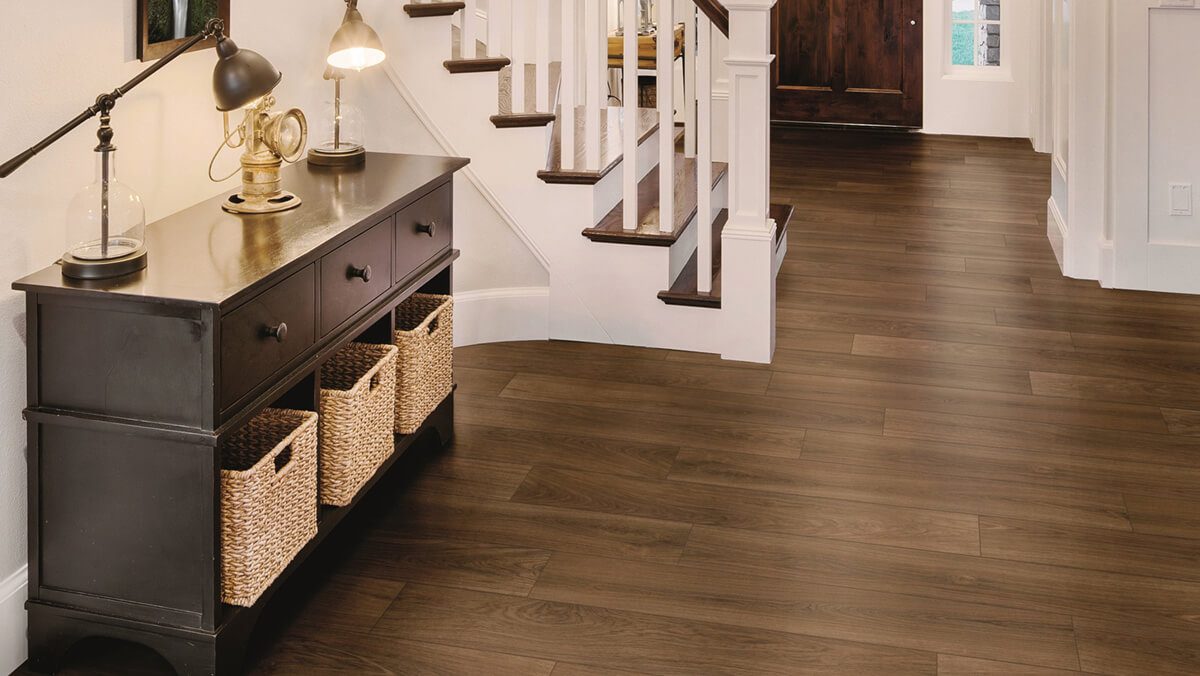
Image Left, Text Right
PLACEHOLDER TEXT
The tile manufacturing industry is constantly evolving, and new technologies are being developed to improve the quality and durability of tiles. Advances in digital printing have allowed manufacturers to create tiles that mimic the look of natural stone, wood, and other materials. This has opened up new possibilities for designers and homeowners to create unique and beautiful spaces. As the demand for eco-friendly products grows, tile manufacturers are also developing new methods to reduce waste and minimize their impact on the environment.
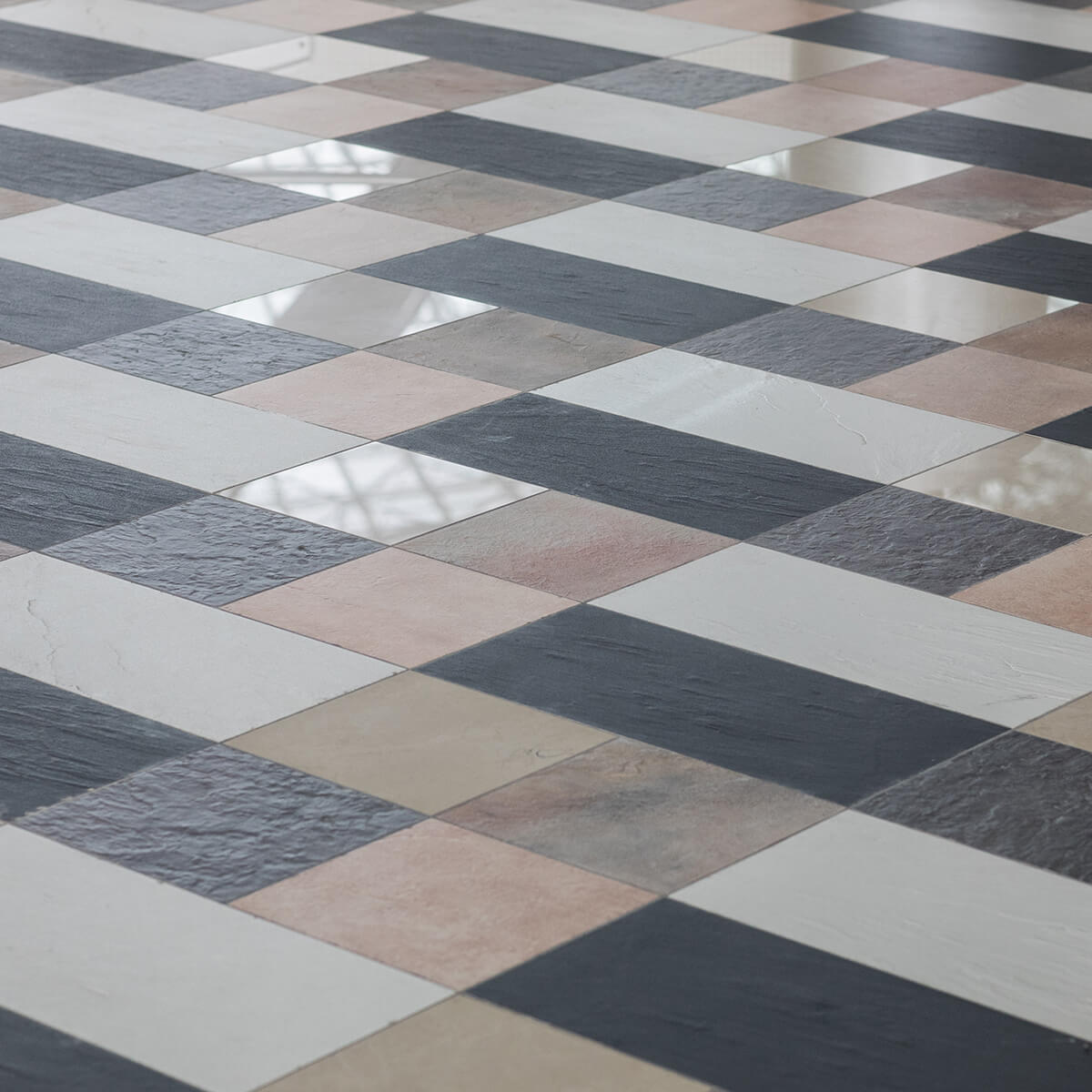
Text Left, Image Right
PLACEHOLDER TEXT
In conclusion, tile is a versatile and durable flooring option that has been used for centuries. Tile manufacturing has come a long way over the years, and today there are many different types of tile available on the market. Whether you’re looking for a classic ceramic tile or a modern glass mosaic, there’s a tile out there that will meet your needs. With its durability, ease of maintenance, and versatility, tile is a great choice for any space.
Text Left, Aside Right
PLACEHOLDER TEXT
Tile manufacturing involves several processes, including shaping, glazing, and firing. The raw materials are mixed together to form a clay-like substance, which is then shaped into tiles using a press or extrusion method. The tiles are then left to dry before they are glazed, which gives them their unique color and finish. After the glaze has been applied, the tiles are fired in a kiln to make them hard and durable. This process ensures that the tiles can withstand the wear and tear of daily use.
Aside Text
PLACEHOLDER TEXT
This has opened up new possibilities for designers and homeowners to create unique and beautiful spaces. As the demand for eco-friendly products grows, tile manufacturers are also developing new methods to reduce waste and minimize their impact on the environment.
Text Left, Contact and Hours Right
PLACEHOLDER TEXT
The tile manufacturing industry is constantly evolving, and new technologies are being developed to improve the quality and durability of tiles. Advances in digital printing have allowed manufacturers to create tiles that mimic the look of natural stone, wood, and other materials. This has opened up new possibilities for designers and homeowners to create unique and beautiful spaces. As the demand for eco-friendly products grows, tile manufacturers are also developing new methods to reduce waste and minimize their impact on the environment.
Contact Title
Hours Title
- Sunday to Sunday
- 24/7
Form Left, Callout Right
PLACEHOLDER TEXT
Tile has many advantages over other flooring materials. It is easy to clean, durable, and resistant to water and stains. It is also a great option for people with allergies, as it does not trap dust or allergens. Tile is versatile and can be used in many different areas of the home, from kitchens and bathrooms to entryways and living spaces. It comes in a variety of colors, textures, and patterns, making it easy to find the perfect tile for any space.
I recently purchased tiles from this website for my kitchen renovation and I couldn't be happier with my purchase. The selection of tiles was extensive, and I was able to find the perfect tile for my space. The ordering process was smooth and easy, and my tiles arrived in a timely manner. The quality of the tiles was exceptional, and they have held up well against daily wear and tear. The customer service was also outstanding, and any questions I had were answered promptly and professionally. I highly recommend this website for anyone in need of high-quality tiles and exceptional customer service."

